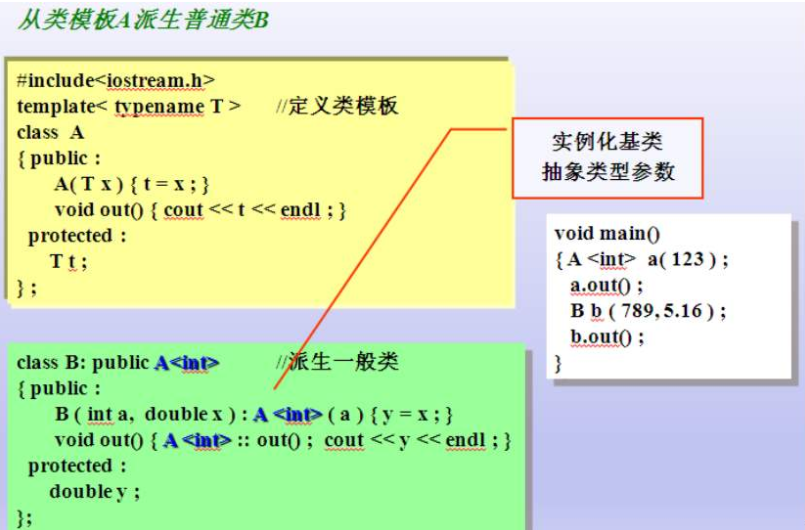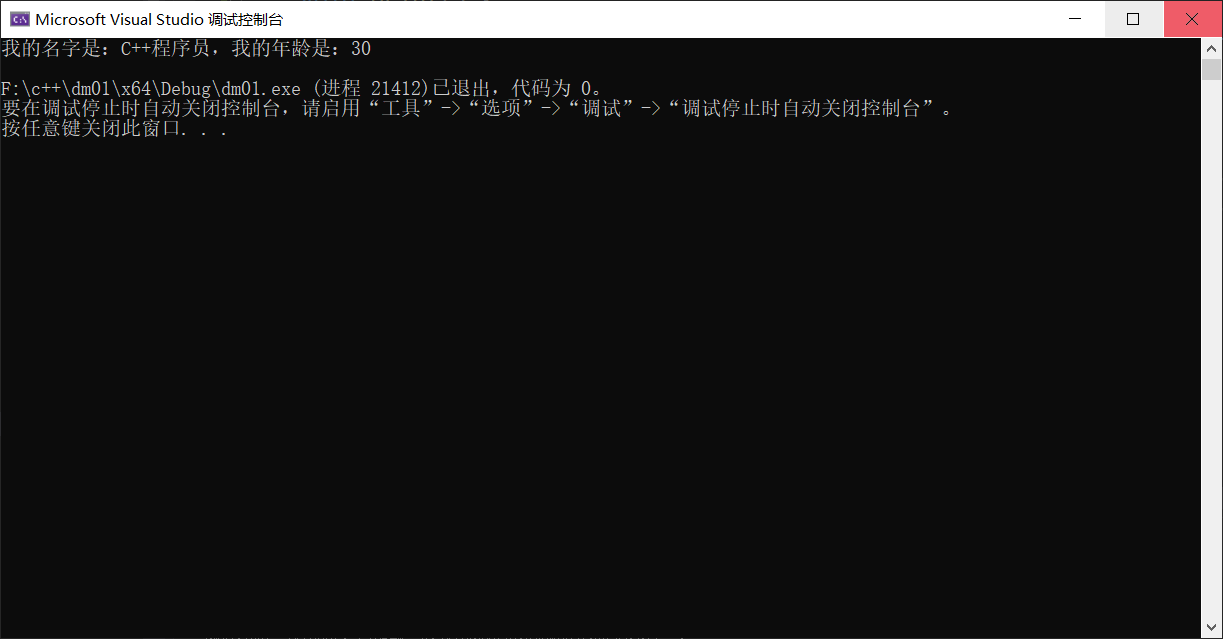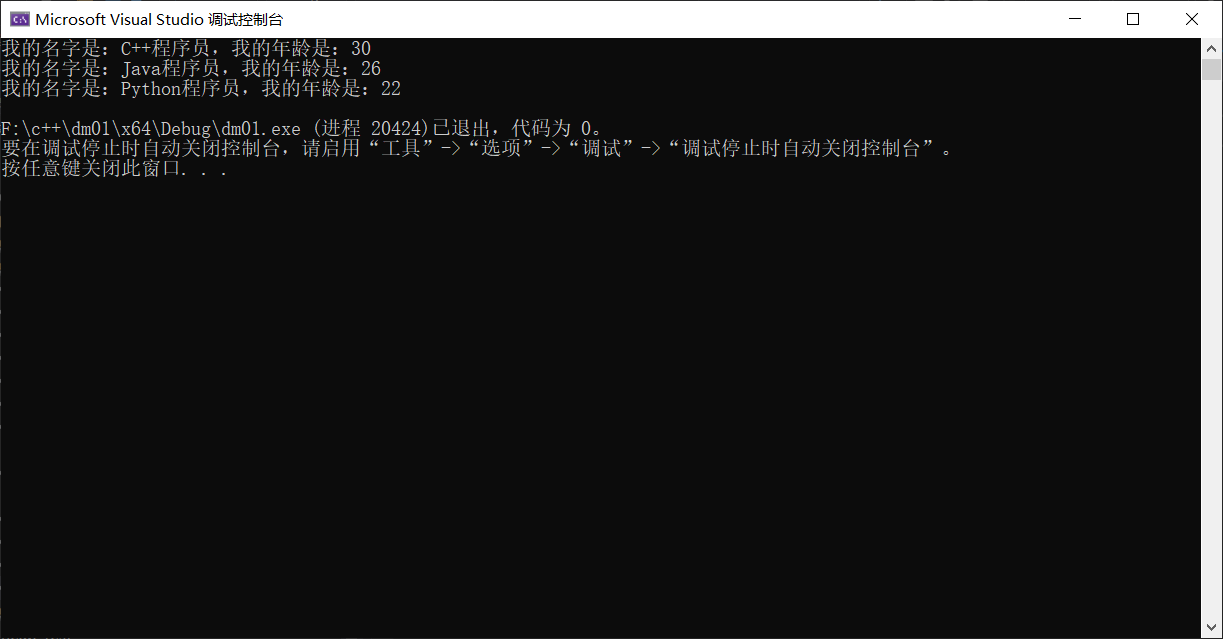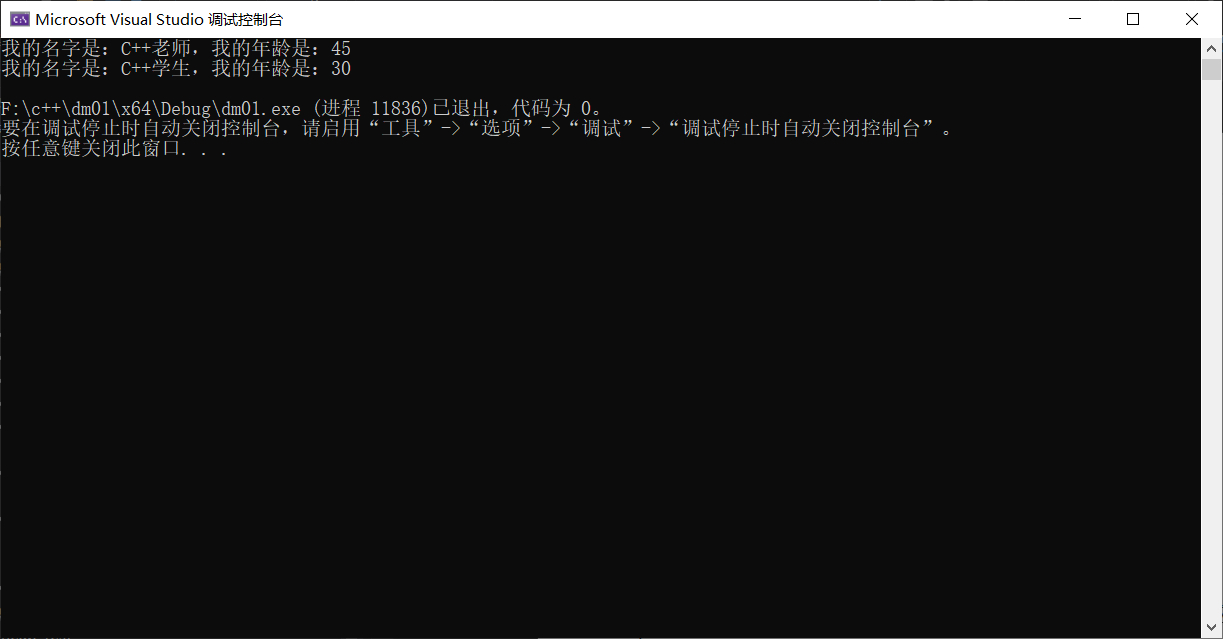
C++类模板
前天介绍了C++中函数模板的相关知识,函数模板非常简单,使用也很方便,C++中还给我们提供了类模板的相关知识,但是相比较而言,类模板就非常复杂,知识点很多,也并不经常使用,小伙伴作为了解即可。
类模板
1 | #include<iostream> |

类模板作为函数参数
1 | #include<iostream> |

子类继承类模板
1 | #include<iostream> |

C++小结
类模板相对于函数模板较为复杂,模板元编程不推荐大家使用,对于本来就是菜鸡的小伙伴们,这无疑又强行增加难度,我们学习C++的高级编程主要关注点在于STL库和面向对象与设计模式之间的关系,因此后面介绍的内容,小伙伴们一定要认真学习。